Top China Forwarder provides seamless shipping solutions from China to Belgium, covering both sea and air freight with efficiency and care. Leveraging our extensive logistics network, we ensure your cargo reaches Belgium safely and on time.
With personalized support and tailored solutions, we make international shipping simple and cost-effective. Trust Top China Forwarder for reliable logistics services and enjoy smooth, hassle-free transportation for all your shipments.
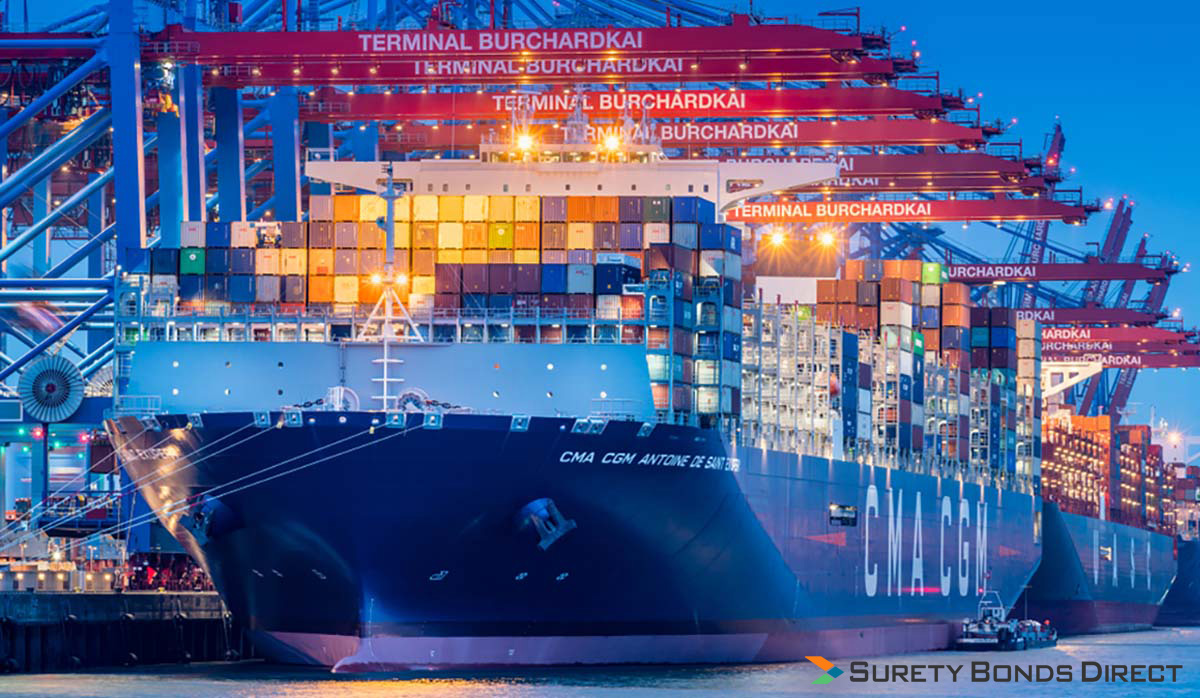
Top China Forwarder provides efficient sea freight services from China to Belgium, ensuring reliable and cost-effective transport solutions tailored to your cargo needs.
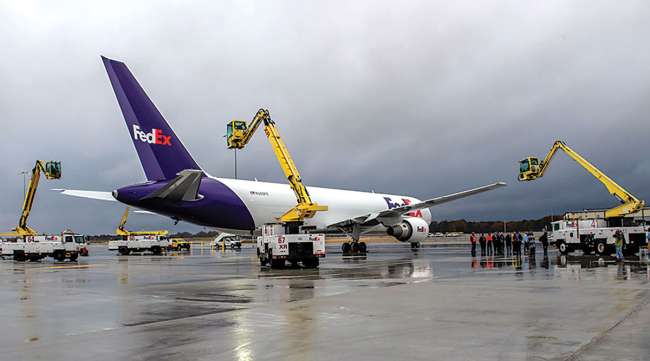
Opt for Top China Forwarder's swift air freight services from China to Belgium, guaranteeing efficient and timely delivery for your cargo.

Experience seamless rail freight services connecting China to Belgium with Top China Forwarder, ensuring reliable and efficient transport solutions for your cargo.
Top China Forwarder is your trusted partner for FCL shipping from China to Belgium. We provide efficient, reliable, and secure transport with tailored solutions, transparent tracking, and end-to-end support—ensuring your cargo arrives on time with exceptional value.
Top China Forwarder specializes in LCL shipping from China to Belgium. We provide secure consolidation, flexible solutions, and reliable delivery—ensuring your cargo arrives safely, on time, and at the best value.

Top China Forwarder offers the most fuel-efficient pickup service across China.
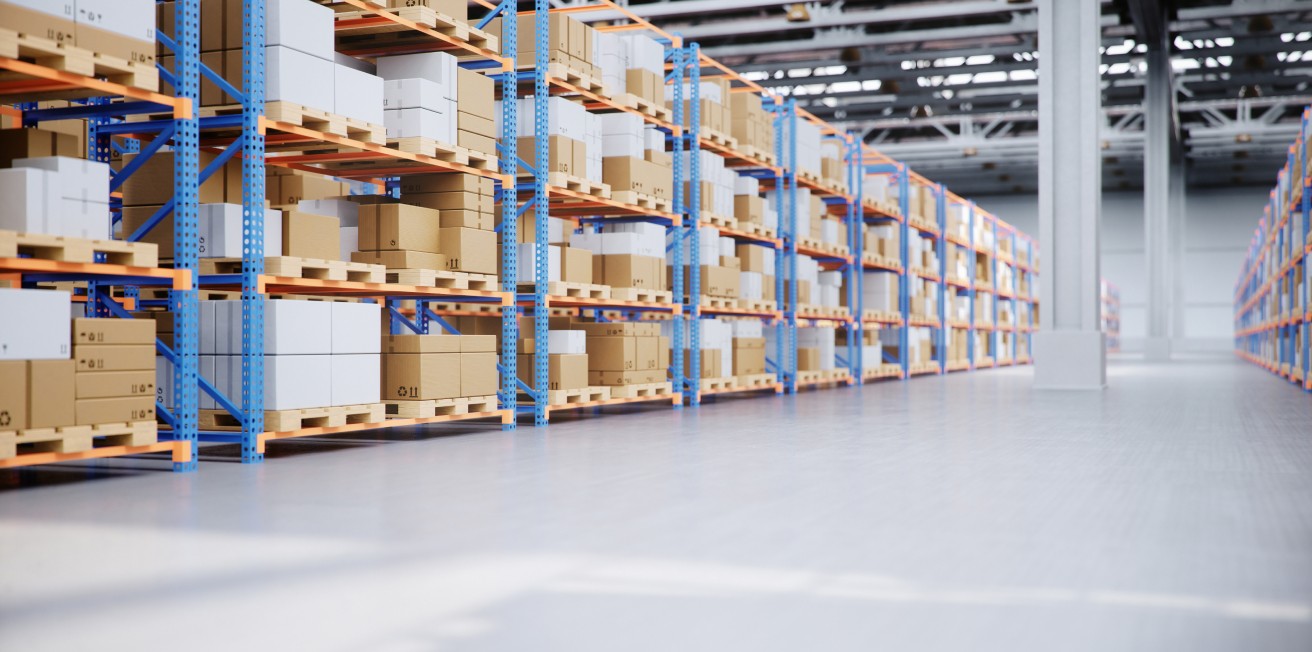
We provide free warehousing services, ensuring secure storage for your goods.
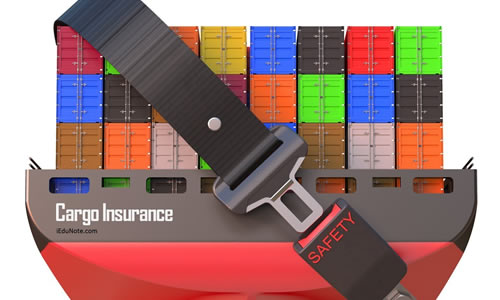
Our cargo insurance protects your goods all the way to any FBA Warehouse, providing peace of mind.

We handle all paperwork and details for smooth customs clearance.
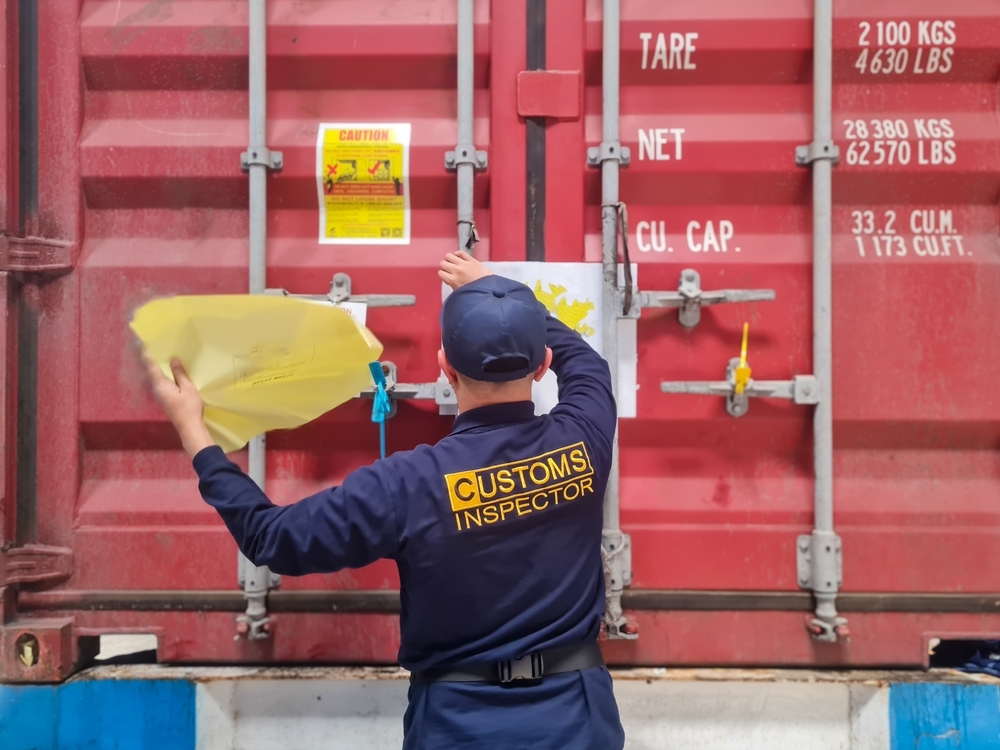
We ensure safe packaging and loading of goods at your suppliers' factories, guaranteeing secure transport.
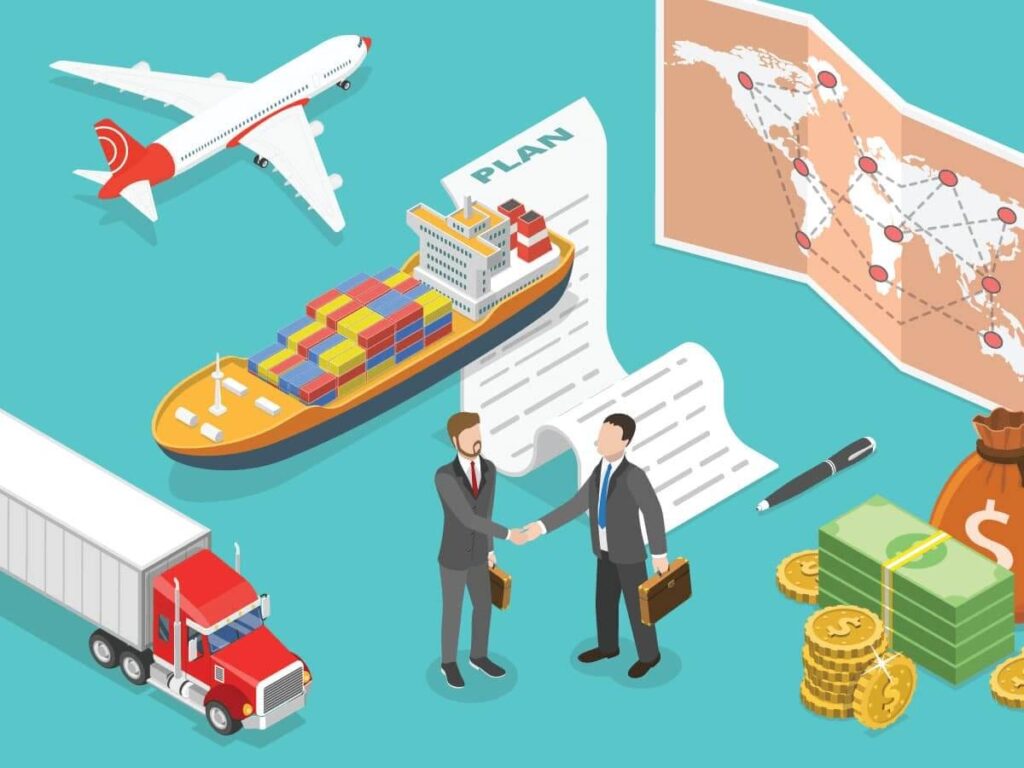
Arranging sea shipping service from China to Belgium involves several steps to ensure a smooth process:
Choose a Freight Forwarder or Shipping Company: Select a reputable freight forwarder or shipping company with experience in handling shipments from China to Belgium. Research their services, reviews, and expertise in sea freight.
Request a Quote: Contact the freight forwarder or shipping company to request a shipping quote. Provide details such as the type of goods, volume, weight, and any specific requirements (e.g., container type, consolidation options).
Confirm Booking: Once you receive the quote and agree to the terms, confirm the booking with the freight forwarder or shipping company. They will provide you with booking confirmation and details of the shipment, including documentation requirements.
Prepare Documentation: Gather all necessary documentation including commercial invoices, packing lists, and any permits or certificates required for your goods. Ensure the accuracy and completeness of the documents to facilitate smooth customs clearance.
Packaging: Properly package your goods to ensure they are protected during transit. Use appropriate packaging materials and consider any special handling requirements for fragile or sensitive items.
Insurance: Consider purchasing shipping insurance to cover your goods against loss, damage, or theft during transit. Discuss insurance options with your freight forwarder or shipping company.
Customs Clearance: Work with your freight forwarder to handle customs clearance procedures. Provide all required documentation and information to comply with Belgium's customs regulations.
Track Shipment: Obtain a tracking number from your shipping provider to monitor the status of your shipment online. Stay informed about its progress and estimated arrival time in Belgium.
Delivery or Pickup: Arrange for delivery of your goods to the designated port in China or coordinate pickup by the shipping company. Ensure timely delivery to meet the scheduled departure of the vessel.
By following these steps and working closely with your chosen freight forwarder or shipping company, you can arrange sea shipping service from China to Belgium efficiently and ensure your goods are transported safely and in compliance with regulations.
When arranging air shipping from China to Belgium, you have several options to consider based on your shipment's urgency, size, and specific requirements:
Direct Air Freight: This involves shipping your goods on a direct flight from an airport in China (e.g., Beijing, Shanghai, Guangzhou) to Belgium (e.g., Brussels Airport). Direct air freight is faster but can be more expensive compared to indirect routes.
Consolidated Air Freight: Also known as air consolidation, this option combines multiple shipments into one larger shipment to optimize space and reduce costs. It's suitable for smaller shipments that don't require immediate delivery.
Express Services: Utilize express courier services like DHL, FedEx, UPS, or TNT for urgent and time-sensitive shipments. These services offer fast delivery times and comprehensive tracking capabilities, albeit at a higher cost.
Charter Services: For large or oversized shipments, you can charter an entire aircraft dedicated to transporting your goods from China to Belgium. This option provides flexibility in scheduling and handling specialized cargo.
Temperature-Controlled Shipping: If your goods require temperature-controlled transport (e.g., perishable items, pharmaceuticals), choose air freight services that offer refrigerated or climate-controlled containers.
When choosing air shipping options from China to Belgium, consider factors such as transit time, cost, reliability, and the specific requirements of your shipment. Working with a reputable freight forwarder or logistics provider can help you navigate these options and ensure your goods are shipped efficiently and securely.
Belgian customs have specific requirements for importing goods from China. Here are the key requirements to consider:
Customs Documentation: Prepare and submit accurate and complete customs documentation, including a commercial invoice, packing list, and any certificates or permits required for specific goods.
Customs Declaration: Declare the value, description, and quantity of the imported goods accurately on the customs declaration form.
Import Duties and Taxes: Pay applicable import duties, VAT (Value Added Tax), and other taxes based on the classification and value of the goods. These charges vary depending on the type of goods imported.
Certificates and Licenses: Certain goods may require additional certificates or licenses for importation into Belgium. Ensure you have obtained any necessary documentation prior to shipping.
Prohibited and Restricted Items: Familiarize yourself with Belgian regulations regarding prohibited and restricted goods. Certain items such as weapons, narcotics, and counterfeit goods are strictly prohibited.
Customs Clearance: Work with your freight forwarder or shipping agent to facilitate customs clearance procedures smoothly. They can assist in preparing documentation, paying duties/taxes, and coordinating inspections if required.
Special Requirements: Some goods may have specific requirements or regulations imposed by Belgian authorities, such as health and safety standards for food products or environmental regulations for certain chemicals.
By adhering to these requirements and working closely with your shipping provider and customs broker, you can ensure compliance with Belgian customs regulations and facilitate the smooth importation of goods from China to Belgium.
Calculating shipping costs from China to Belgium involves several factors that impact the final price. Here's a simplified outline of how shipping costs are typically calculated:
Shipping Method: Choose between sea freight, air freight, or express courier services. Each method has different cost structures based on speed and handling.
Cargo Details: Provide details such as the size (dimensions), weight, volume (cubic meters or cubic feet), and type of goods being shipped. These factors determine the shipping rate.
Origin and Destination: Specify the port or city in China where the goods will be shipped from and the destination in Belgium (e.g., port city or inland city).
Additional Services: Consider additional services such as insurance, customs clearance, packing/unpacking, and warehousing if needed. These services add to the total shipping cost.
Freight Rates: Obtain quotes from freight forwarders, shipping companies, or logistics providers. They will calculate shipping costs based on the factors above and provide a detailed breakdown of charges.
Currency and Fees: Be aware of currency exchange rates and any additional fees such as fuel surcharges, terminal handling charges, or documentation fees that may apply.
To get an accurate shipping cost estimate, it's advisable to contact multiple shipping providers for quotes. Provide detailed information about your shipment and clarify any additional services or special requirements to ensure the quote reflects all relevant costs. This approach helps in comparing options and selecting the most cost-effective shipping solution from China to Belgium.
The typical shipping time from China to Belgium can vary depending on the shipping method chosen:
Sea Freight: Sea freight from China to Belgium usually takes around 4-6 weeks. This duration includes transit time from Chinese ports (e.g., Shanghai, Ningbo, Shenzhen) to ports in Belgium (e.g., Antwerp, Zeebrugge). Factors such as weather conditions, port congestion, and transshipment at intermediate ports can affect the exact delivery time.
Air Freight: Air freight offers a much faster shipping option with transit times averaging 1-2 days for direct flights. However, this method is generally more expensive compared to sea freight and is preferred for urgent shipments or goods requiring quick delivery.
Rail Freight: Increasingly popular, rail freight connects China to Europe, including Belgium, via the Silk Road Economic Belt route. Transit times by rail typically range from 12 to 16 days, offering a middle ground between sea and air freight in terms of cost and speed.
Overall, the choice of shipping method depends on factors such as cost considerations, urgency of delivery, and the nature of the goods being transported. Planning ahead and coordinating with a reliable freight forwarder can help ensure timely delivery and efficient logistics management from China to Belgium.
Choosing the right shipping method from China to Belgium involves several considerations to ensure your goods are transported efficiently and cost-effectively:
Type of Goods: Consider the nature of your goods, such as size, weight, fragility, and any special handling requirements. Fragile or perishable items may require air freight for faster and safer transport.
Urgency: Determine the urgency of delivery. Air freight is faster but more expensive, making it suitable for time-sensitive shipments. Sea freight is slower but more economical for less urgent deliveries.
Cost Considerations: Evaluate your budget and compare the costs of different shipping methods. Sea freight is generally cheaper for large volumes, while air freight is more costly but quicker for smaller shipments.
Volume of Goods: If shipping a large volume of goods, sea freight (FCL or LCL) may be more economical due to lower cost per cubic meter compared to air freight.
Accessibility and Infrastructure: Consider the availability and convenience of transport infrastructure at both ends (China and Belgium). Ensure the chosen shipping method aligns with the logistical capabilities of your suppliers and receivers.
Customs and Regulatory Compliance: Factor in customs clearance procedures and regulations. Some goods may have specific requirements or restrictions that influence the choice of shipping method.
Environmental Impact: Consider the environmental impact of your shipping choice, especially for sustainability-conscious businesses. Sea freight generally has a lower carbon footprint compared to air freight.
Logistics Support: Work with a reputable freight forwarder or shipping company that offers comprehensive logistics support, including tracking, customs clearance, and handling of documentation.
By carefully evaluating these factors and consulting with logistics professionals or freight forwarders, you can choose the optimal shipping method from China to Belgium that meets your specific needs for cost, speed, and reliability.
When shipping goods from China to Belgium, several documents and certificates are typically required for customs clearance and legal compliance:
Commercial Invoice: A detailed invoice that includes information about the buyer and seller, description of goods, quantity, unit price, total value, currency, and terms of sale (Incoterms).
Packing List: A list detailing the contents of each package or container, including the dimensions, weight, and packaging materials used.
Bill of Lading (B/L) or Air Waybill (AWB)**: A contract between the shipper and carrier that serves as a receipt for the goods, evidence of the contract of carriage, and a document of title to the goods.
Certificate of Origin: A document certifying the country of origin of the goods. This may be required for customs clearance and to qualify for preferential tariffs under trade agreements.
Insurance Certificate: If the goods are insured during transit, a certificate of insurance may be required to verify coverage and details of the insurance policy.
Import Licenses or Permits: Certain goods may require import licenses, permits, or certificates issued by relevant authorities in Belgium. Examples include agricultural products, pharmaceuticals, and controlled substances.
Phytosanitary Certificate: Required for shipments of plants, plant products, and certain agricultural goods to certify compliance with health and safety standards.
Certificates for Specific Goods: Depending on the nature of the goods, additional certificates or documents may be required. Examples include certificates for hazardous materials, chemicals, electronics, and food products.
Customs Declaration: A document declaring the value, description, and quantity of the imported goods for customs purposes.
It's essential to consult with your freight forwarder or shipping agent to determine the specific documentation requirements for your shipment from China to Belgium. Proper preparation and accurate documentation help facilitate smooth customs clearance and ensure compliance with Belgian import regulations.
Handling customs clearance from China to Belgium involves several steps to ensure compliance with Belgian import regulations and smooth processing of your shipment:
Prepare Documentation: Gather all necessary documents including the commercial invoice, packing list, bill of lading (B/L) or air waybill (AWB), certificate of origin, insurance certificate, and any required import licenses or permits.
Work with a Customs Broker: Consider hiring a customs broker or working with a freight forwarder experienced in handling customs procedures for shipments to Belgium. They can provide expertise in navigating complex customs regulations and ensure accurate documentation.
Submit Documentation: Provide the required documentation to the customs broker or freight forwarder in advance. They will review and prepare the paperwork for submission to Belgian customs authorities.
Customs Declaration: Complete a customs declaration form accurately, declaring the value, description, quantity, and other relevant details of the imported goods. This declaration is essential for assessing import duties, taxes, and compliance with regulatory requirements.
Pay Import Duties and Taxes: Calculate and pay applicable import duties, VAT (Value Added Tax), and any other taxes or fees assessed by Belgian customs. These charges are based on the classification of goods and their declared value.
Customs Inspection: Your shipment may be subject to inspection by Belgian customs authorities. Cooperate with customs officials and provide any requested information or documentation to facilitate the inspection process.
Clearance and Release: Once customs clearance is granted, your goods will be released for delivery to the designated destination in Belgium. Obtain confirmation from your customs broker or freight forwarder regarding clearance status and delivery arrangements.
Monitor Shipment: Track the progress of your shipment using the provided tracking number to ensure it reaches its destination in Belgium as planned.
By following these steps and working closely with a reputable customs broker or freight forwarder, you can navigate customs clearance procedures effectively and ensure timely delivery of your goods from China to Belgium while complying with all regulatory requirements.
Tracking the shipment status of goods from China to Belgium involves several steps to monitor its progress and ensure timely delivery:
Obtain Tracking Number: Obtain the tracking number from your shipping provider, freight forwarder, or logistics company. This unique identifier allows you to track your shipment throughout its journey.
Online Tracking: Use the shipping provider's website or tracking portal to enter the tracking number. Most major shipping companies offer online tracking services where you can monitor the status of your shipment in real-time.
Tracking Updates: Regularly check for tracking updates including departure from origin, transit points (if applicable), arrival at destination ports, customs clearance status, and estimated delivery date in Belgium.
Communication: Stay in touch with your shipping provider or freight forwarder for any updates or notifications regarding your shipment. They can provide additional information or assistance if needed.
Customs Clearance: Monitor the status of customs clearance in Belgium. Track any delays or issues that may require action or additional documentation from your side.
Delivery Confirmation: Once your shipment reaches Belgium and undergoes customs clearance, track the final delivery confirmation. Ensure someone is available to receive the goods at the designated delivery address.
Documentation and Proof of Delivery: Keep a record of all tracking updates, documentation (such as delivery receipts), and communications related to your shipment for reference and verification.
By actively tracking the shipment status and staying informed throughout the process, you can effectively manage logistics and ensure the successful delivery of goods from China to Belgium.
Ocean container shipping from China to Belgium involves several key steps and considerations:
Booking and Container Selection:
Loading and Transport to Port:
Port Handling and Documentation:
Ocean Freight Transit:
Customs Clearance in Belgium:
Delivery and Unloading:
Return or Repositioning of Container:
Ocean container shipping offers a cost-effective and reliable method for transporting goods from China to Belgium, suitable for large volumes and non-urgent shipments. Working with experienced logistics partners ensures smooth execution of each step, from booking to delivery, while complying with international shipping regulations and customs procedures.
I am a lot of satisfied with crafted by Top China Forwarder. Each shipment was finished so rapidly with no single harm to the items. Likewise, their cargo rates were overly low, and they have an exceptional client care unit.
Initially I doubted their commitment whether they’ll be able to deliver it on time but they actually delivered it two days before the commitment. The executive was also very understanding. I received my items in a perfect state! Everyone should work with them.
I chose Top China Forwarder as I had confidence that would would deliver a great service. From when I booked to when the car arrived everything was easy. I could keep updated on progress with the tracking device. It was quick, efficient and the contact I had to get documents for pick up was no fuss and professional. It was a great experience.